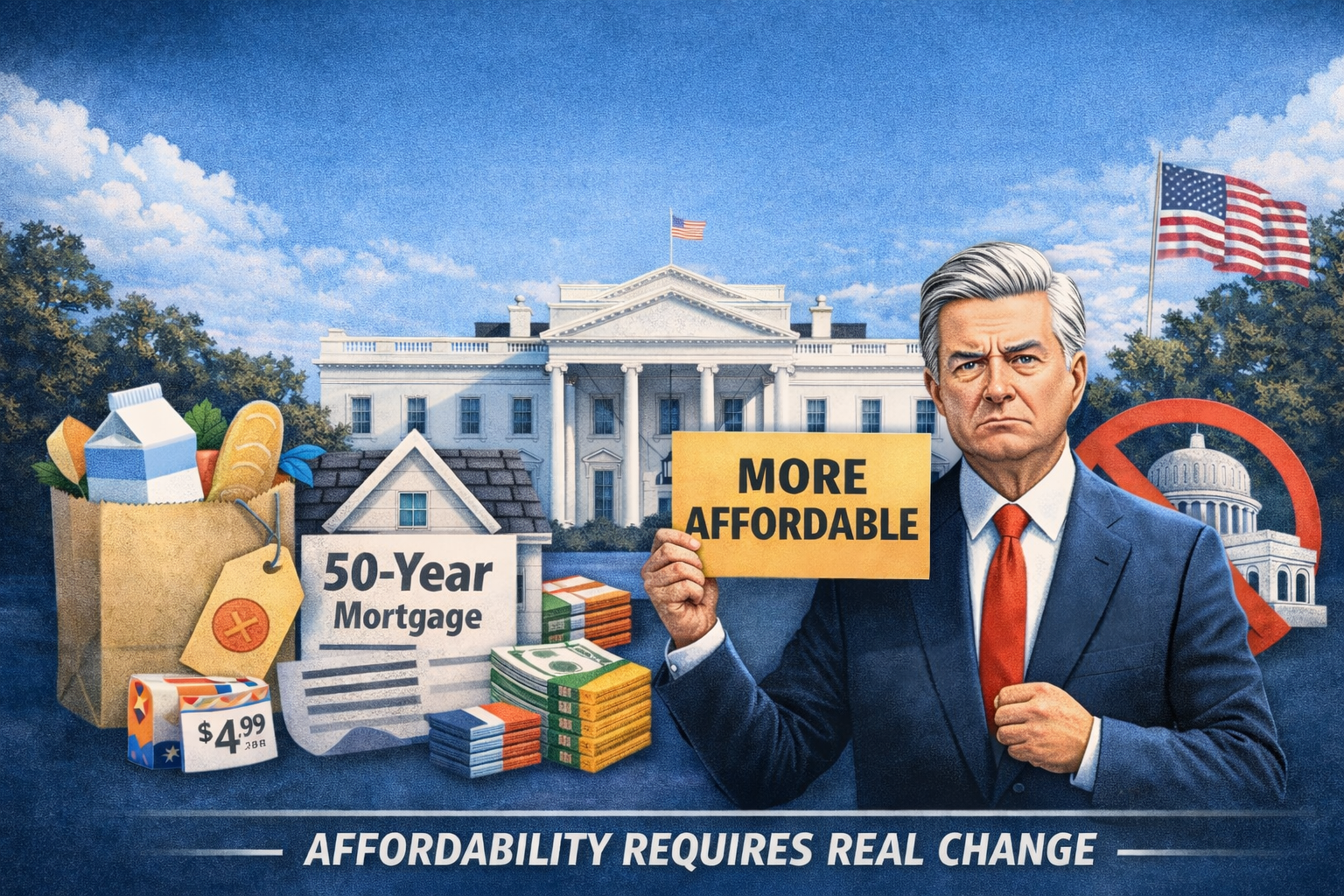Federal Reserve Shock
Higher Rates and Inflation Forecasted for 2025
The Federal Reserve has sent ripples through the financial world with its latest projections, signaling a tougher road ahead for the U.S. economy. According to a recent report from Breitbart News, Fed officials now anticipate higher interest rates and persistent inflation in 2025, a stark shift from earlier expectations. Here’s a breakdown of what this means and why it matters.
The Fed’s Revised Outlook
On June 18, 2025, the Federal Reserve released updated economic projections that caught markets off guard. Fed officials now expect interest rates to remain elevated, with the median federal funds rate projected to hover around 4.1% by the end of 2025, up from prior estimates. This suggests fewer rate cuts—or none at all—compared to what investors had hoped for.
Alongside this, the Fed raised its inflation forecast, predicting that core inflation (measured by the Personal Consumption Expenditures index) will linger around 2.8% in 2025, higher than the previously anticipated 2.6%. This indicates that the Fed’s 2% inflation target remains elusive, despite aggressive monetary tightening in recent years.
Why the Change?
Several factors are driving this hawkish stance:
Persistent Inflation Pressures: Supply chain disruptions, energy costs, and wage growth continue to fuel inflation, making it harder for the Fed to tame price increases without sustained high rates.
Robust Economic Growth: Despite high interest rates, the U.S. economy has shown resilience, with strong consumer spending and job growth. This reduces the urgency for rate cuts.
Global Uncertainty: Geopolitical tensions and fluctuating commodity prices are adding complexity to the Fed’s decision-making, prompting a cautious approach.
What This Means for You
The Fed’s forecast has significant implications for everyday Americans and businesses alike:
Borrowers: Higher interest rates mean more expensive mortgages, car loans, and credit card debt. If you’re planning to finance a home or a major purchase, brace for steeper costs.
Savers: On the flip side, higher rates could boost returns on savings accounts and fixed-income investments like bonds.
Businesses: Companies reliant on borrowing may face tighter margins, potentially slowing expansion plans or hiring.
Investors: Stock markets, which have been volatile, may face further pressure as higher rates dampen growth expectations for rate-sensitive sectors like tech and real estate.
The Bigger Picture
The Fed’s shift reflects a delicate balancing act. While it aims to curb inflation without triggering a recession, the path forward is fraught with challenges. Critics argue that prolonged high rates could stifle economic growth, while others warn that easing too soon risks embedding inflation further. For now, the Fed seems to be prioritizing price stability over immediate relief for borrowers.
Looking Ahead
As we head into the second half of 2025, all eyes will be on the Fed’s next moves. Will it stick to its hawkish stance, or will cooling economic data prompt a pivot? For consumers and investors, staying informed and adaptable will be key in navigating this higher-rate, higher-inflation environment.




